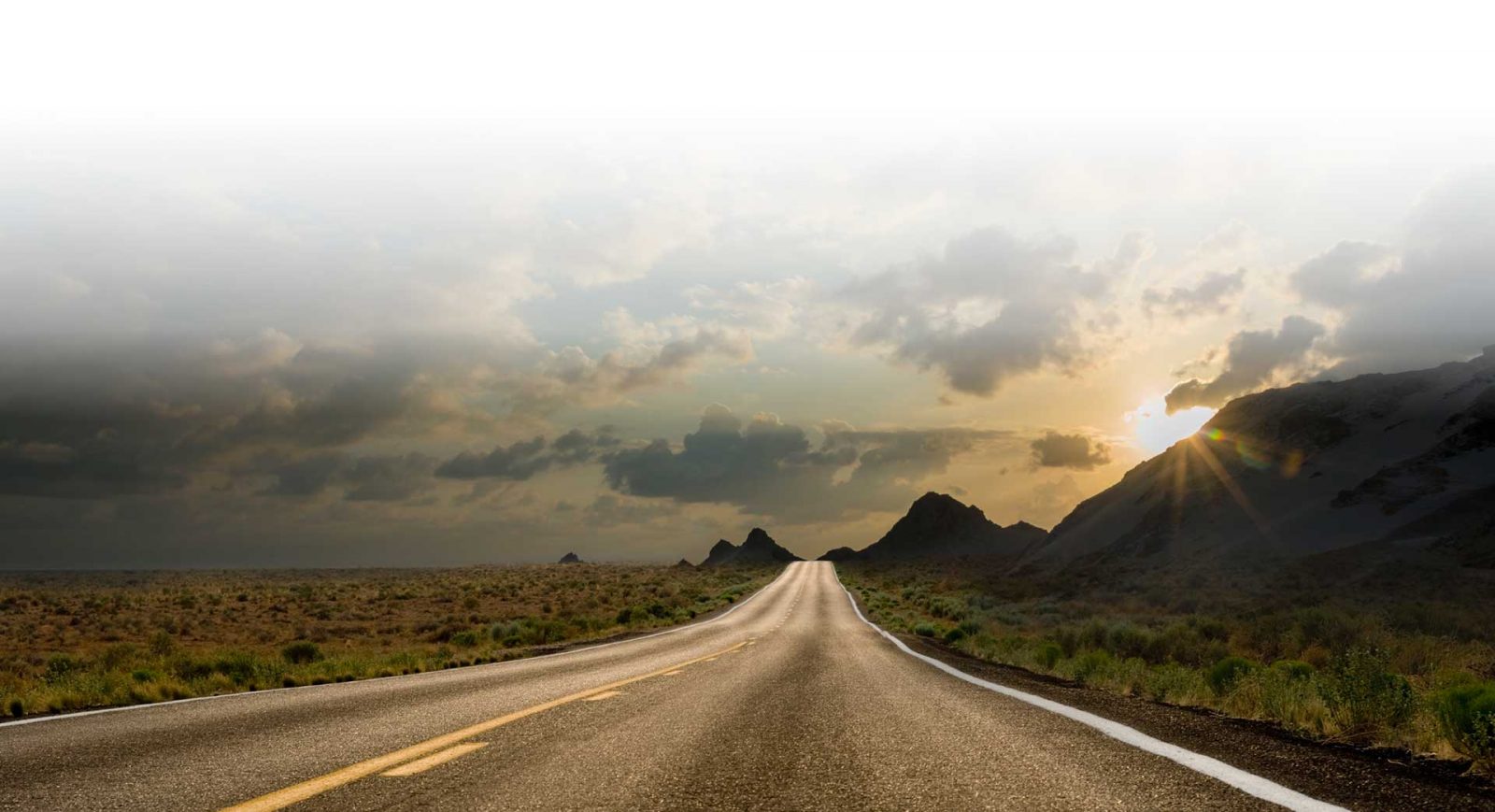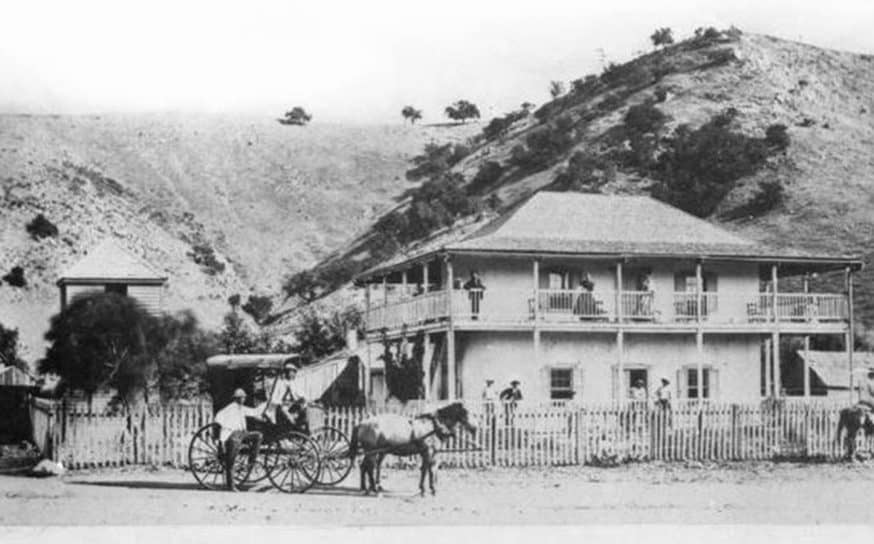We’re Crushing on the Delicious Wines and Olive Oils of Lodi
Welcome to Zin City.
-
CategoryFarm + Table, Road Trips, Wine + Beer
-
Written and photographed byMark Edward Harris
-
AboveThe Lodi Arch
Fifty miles from California’s capital Sacramento, the earth yields riches, not in the nuggets in the Gold Country that lie to the east, but a different treasure equidistant to the south. It also happens to be one that is very drinkable.
Because of its terroir – soil, geography, and climate – being uniquely suited for the Zinfandel varietal, Lodi is considered the Zin capital of the world, with its vineyards, produces 40 percent of the premium Zinfandel in California. Many of the old-growth Zinfandel vineyards in and around Lodi feature un-grafted, un-trellised vines.
The old growth Zinfandel’s that are planted near the banks of the Mokelumne River where the soil is fine sandy loam yield grapes that in the right hands can produce a red wine with bold, intense flavors and a silky texture. Variations of the same theme can be found throughout Lodi’s wine region which is divided into seven distinct sub-appellations, all with different soil types and therefore unique-tasting wines.

Agriculture has been the main industry in this region since the mid-nineteenth century starting with wheat and barley. Watermelons overtook the grains in the late 1880s until they were overtaken by grapes with growers installing windmills to pump water from the river to their fields. Initially, the Flame Tokay was the varietal of choice, grown as a table grape and for wine production. The iconic Mission Revival style Lodi Arch was constructed in 1907 for the Tokay Carnival and as the official entrance to the newly incorporated city’s business district. By then the area did have a modest wine industry dating back to the founding of El Pinal Winery south of Lodi in 1858. The turn of the 20th century saw the establishment of the Woodbridge Vineyard Association in 1904 but it would be another century until Lodi firmly planted its roots as a wine region to be reckoned with.
In the late 1970s and the 1980s seeded grapes like the Tokay which had been the mainstay of the Lodi table grape and wine industry fell out of favor when red seedless grapes began to be grown further south in the valley. Consumers also began shifting the market away from the sweeter, cheaper wines Lodi had been making. By the early 1990s it was only 10 percent with Zinfandel, Chardonnay, and other varieties supplanting it.

Though the Lodi AVA appellation was established in 1986 and is California’s largest appellation, it was not until the 21st century that the region has become known as a producer of fine wines rather than as a supplier of wine grapes to other regions including its famous cousins Sonoma and Napa. A crowning achievement was Wine Enthusiast Magazine naming Lodi the “2015 Wine Region of the Year.”
While Old Vine Zinfandels are what put Lodi on the wine map, more than 100 other varieties are grown including some of the oldest Cinsault and Aglianico vines in the world. Lodi wine trail maps are now dotted with world-class wineries with state-of-the-art tasting rooms.
Mettler Family Vineyards dates back to the late 1800s. For most of its history, Mettler was a grape supplier, but in 2001 Larry Mettler released his first wine, a Cabernet Sauvignon. The family-owned and run winery specializes in Cabernet Sauvignon, Petite Sirah, and Old Vine Zinfandel and also grows and makes Aglianico, Mourvedre (including a GSM – Grenache, Syrah, and Mourvedre – blend), Pinotage, Albarino, and Chardonnay.

Michael and David Phillips are brothers and co-owners of Michael David Winery. Their family has farmed fruit and vegetables in Lodi since the 1850s and have grown wine grapes for nearly a century. Their 7 Deadly Zins is nationally known. Whites include Chardonnay, Sauvignon Blanc, and Symphony, a variety created in the 1940s at UC Davis by crossing Muscat d’Alexandria and Grenache Gris grapes.
On occasion Bokisch Winery has a fantastic Catalan barbecue dinner on their property at sunset that is accompanied by Spanish varietal wines made by ownersMarkus and Liz Bokisch. Whites include Albarino, Verdejo, Verdelho, and Garnacha Blanca. Reds include Tempranillo, Graciano, Garnacha, and Monastrell.

The Lucas Winery was established in 1978 by winemakers David Lucas and Heather Pyle-Lucas who produce unblended organically farmed varietals including Chardonnay and Zinfandel. The property offers several types of tastings including “guided tastings” with guests having the opportunity to taste through their current selection of wines with a member of the Lucas team. The experience begins with a short history of the Lucas Winery followed by a tour of the historic Organic ZinStar Vineyard. Guests will then visit in the barrel room before finishing up in the tasting room for a late-harvest dessert wine and a dark chocolate pairing.
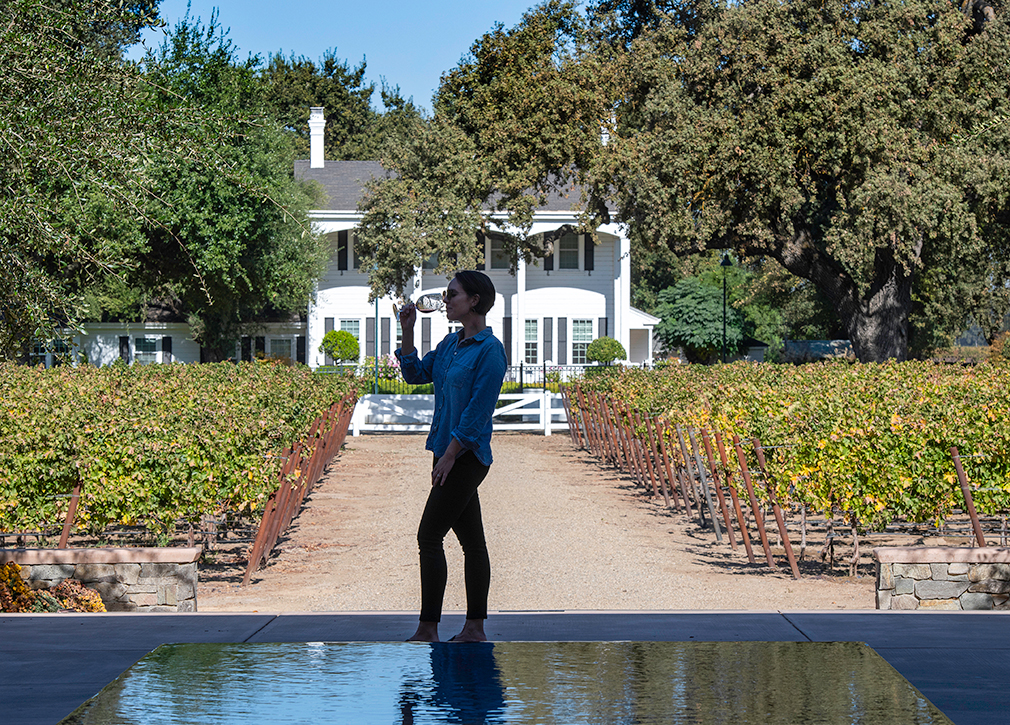
Oak Farm Vineyards is one of the most picturesque wine estates in the Lodi region because of its magnificent old oaks, a Colonial Revival-style historic home that dates back to 1876, and a historic barn. Its modern tasting room was created by Heather and Dan Panella as a place “where people come and hang out.” The Panella family purchased the estate in 2000 with the vines that came with the property, all a specific clone of Zinfandel created by Gallo to be used for White Zinfandel. The Panellas with consulting winemaker Chad Joseph removed these vines and planted eight red varieties – Barbera, Cabernet Sauvignon, Merlot, Malbec, Petit Verdot, Petite Sirah, Sangiovese, and Primitivo and three white varieties – Verdelho, Chardonnay, and Sauvignon Blanc.

Owner/winemaker Sue Tipton of Acquiesce Winery & Vineyards in Acampo focuses on southern Rhone-inspired white wines. She obtained cuttings of Grenache (blanc and noir), Roussanne, Viognier, and Picpoul Blanc from Tablas Creek Vineyard in Paso Robles. Her grapes are handpicked, pressed in whole clusters and aged without oak so as not to interfere with the natural flavor.
Also in Acampo is the St. Jorge Winery focusing on new wine styles for California. With the assistance of consulting winemaker Heather Pyle-Lucas, owners Vern and Jenise Vierra produce a variety of Portuguese reds and whites including an Alicante Bouschet (a cross between Petit Bouschet and Grenache), Tempranillo (from the Portuguese clone Tinta Roriz), Souzao, Tinta Cao, Touriga Nacional, and Trincadeira. They also do a red blend of Touriga, Souzao, and Tinta Roriz.
For those that recognize the craftsmanship that goes into olive oil production, a stop at the Calivirgin’s Winery & Olive Mill should be added to the Lodi itinerary. The estate-grown organically and sustainably produced oils are cold-pressed extra-virgin and sold as is or flavored by co-milling with fresh produce including lemons and limes, jalapenos, habaneros, or herbs including garlic and basil.
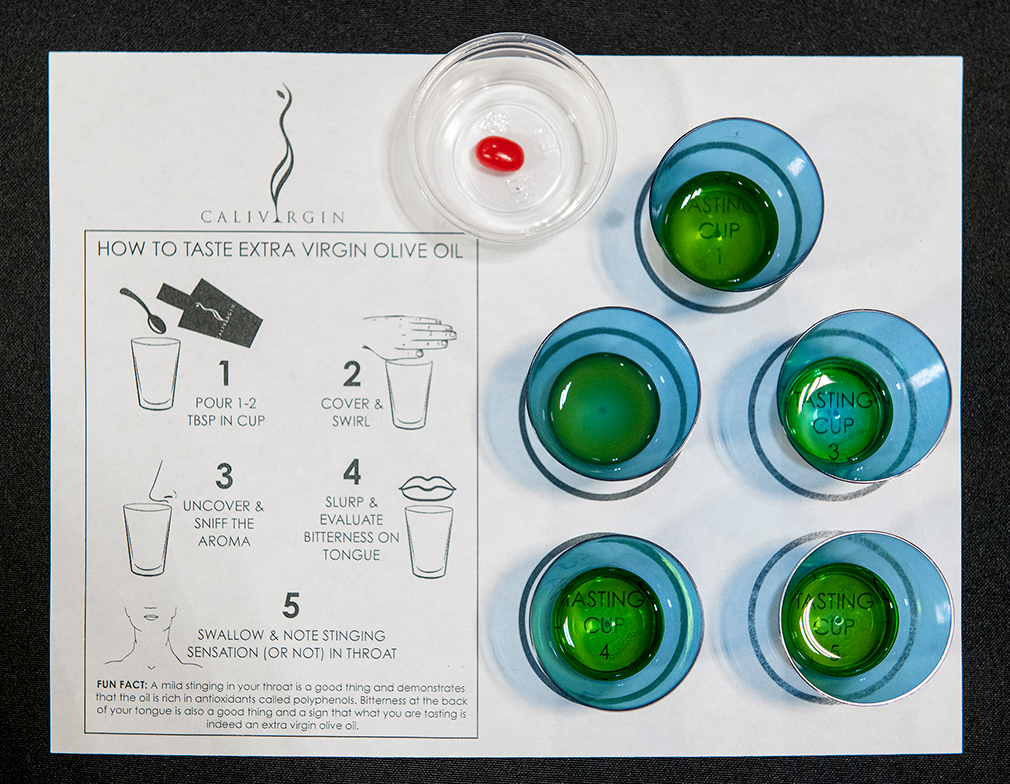
Beyond the Vines and Branches
The relatively mild year-round temperatures of Lodi with its warm days and cool nights is not only good for grapes, olives, and other agricultural products, it’s good for its residents and visitors alike to enjoy year-round recreational activities.
Lodi is a great cycling destination especially for touring on two wheels through the scenic wine country. The Lodi Bicycle Coalition has a number of interactive bike route map options designed for various tastes.
Paddling around Lodi Lake and the Mokelumne River with a kayak rented Headwaters Kayak is another great way to burn-off calories while at the same time exploring the waterfowl of the region. Serious birders might want to time their visits to the fall when thousands of sandhill cranes populate the valley’s grasslands and marshes.
Golf privileges at the private Woodbridge Golf & Country Club is one of the perks for staying at the Wine & Roses Hotel. The seven-acre property includes a spa, The Towne House Restaurant for fine dining, and a lounge with live music in the evening in a historic 19th-century building.
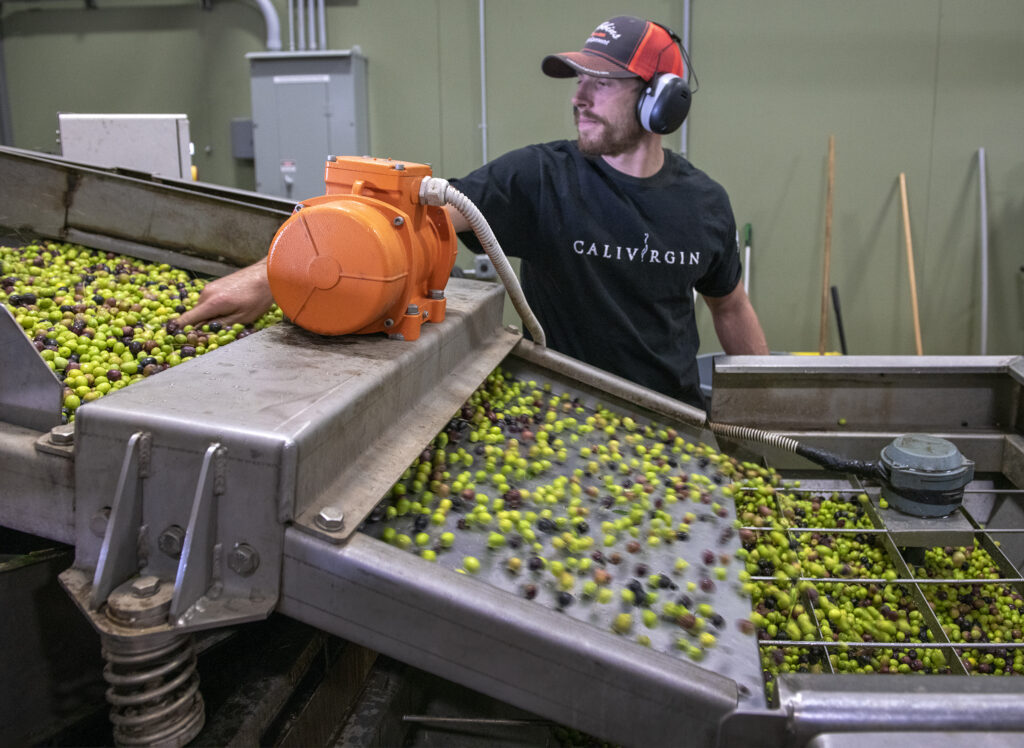
For a deep dive into the history of the region, The San Joaquin County Historical Society and Museum in Micke Grove Park consists of eight exhibitions and four historic buildings on 18 acres. At the beginning of the 19th century, they lived between the Mokelumne and Calaveras Rivers. A band of the Plains Miwok tribe, the Mokelumne, lived in a large village east of present-day Lodi. The Native Americans were in contact with Spanish missionaries, trappers and a few homesteaders until the mid-19th century when gold was discovered on the American River in 1848. The California Gold Rush brought large numbers of people to the region in and around Lodi which was incorporated as a city in 1906.
In addition to the preservation of historic buildings, the local government of Lodi established a greenbelt of farmland and river shed around the city in the early 1980s to inhibit urban sprawl. Sandhill Cranes are among the beneficiaries of this climate-conscious decision. During their annual migration, The Woodbridge Ecological Reserve and the Cosumnes River Preserve become popular viewing spots. Lodi celebrates the arrival of the cranes with their Sandhill Crane Festival each November.

While cranes can fly into Lodi, commercial flights don’t. For those not driving their own vehicles to Lodi, Sacramento International Airport is the hub of choice for the region. Lodi also has an Amtrak station.
John Fogerty’s song “Lodi” that Creedence Clearwater Revival included on their 1969 Green River album included the lyrics, “Oh! Lord, I’m stuck in Lodi again.” Now, of course, its world-class wine, great food, lodging, arts, museums, and outdoor recreational opportunities make Lodi a great place to be stranded.
A New CBD-Based Drug Could Be a Breakthrough for Epilepsy Treatment
A California teen participated in the study with dramatic results.
This Haunted Mansion Provides a Window to the Pomona Valley’s History
Once the community centerpiece, a Pomona home and its original town are largely forgotten.
Artist Lee Tunila Paints Her Way Around the Human Form
After years as a self-taught amateur painter, Lee Tunila stepped into the spotlight with her colorful and abstract works of art.
Get the Latest Stories
